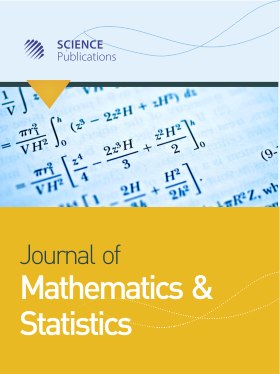ON FINITE DIFFERENCES ON A STRING PROBLEM
- 1 Makerere University, Uganda
- 2 Busitema University, Uganda
- 3 University of Dar-es-Salaam, Tanzania
Abstract
This study presents an analysis of a one-Dimensional (1D) time dependent wave equation from a vibrating guitar string. We consider the transverse displacement of a plucked guitar string and the subsequent vibration motion. Guitars are known for production of great sound in form of music. An ordinary string stretched between two points and then plucked does not produce quality sound like a guitar string. A guitar string produces loud and unique sound which can be organized by the player to produce music. Where is the origin of guitar sound? Can the contribution of each part of the guitar to quality sound be accounted for, by mathematically obtaining the numerical solution to wave equation describing the vibration of the guitar string? In the present sturdy, we have solved the wave equation for a vibrating string using the finite different method and analyzed the wave forms for different values of the string variables. The results show that the amplitude (pitch or quality) of the guitar wave (sound) vary greatly with tension in the string, length of the string, linear density of the string and also on the material of the sound board. The approximate solution is representative; if the step width; ∂x and ∂t are small, that is <0.5.
DOI: https://doi.org/10.3844/jmssp.2014.139.147

- 3,462 Views
- 4,656 Downloads
- 5 Citations
Download
Keywords
- Guitar String
- Finite Differences
